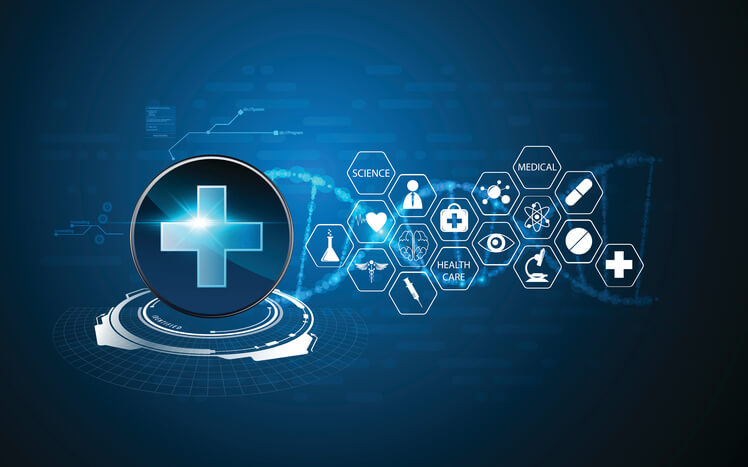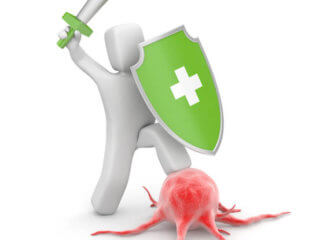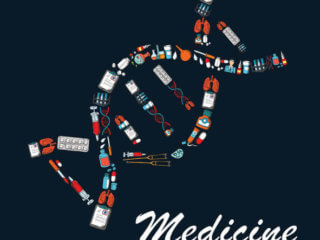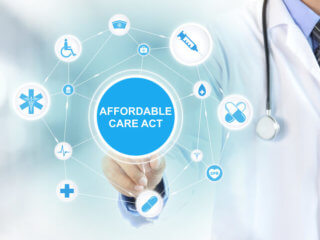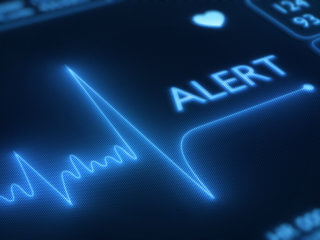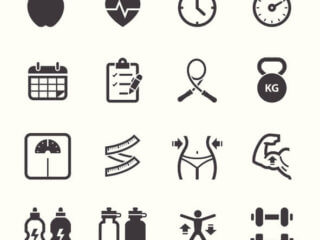In the previous report, I indicated that there are numerous categories of digital health technologies, leading ones being HealthIT, eHealth, Gamification, and Bigdata. While they can be defined as individual digital health groups, they have many similarities and overlap of technology and concepts that make it rather difficult to arrange them precisely. With the advancement of IT and software industries as well as the health care demands, they become further interconnected or converged that they may function as a single unit or technological ecosystem [1], yet with interoperability [2]. This article explores convergence of digital health technologies and preventive healthcare.
Factors driving convergence of digital health technologies and preventive health care
1. Challenges of health care providing to long-distance and rural areas
The biggest challenges faced by patients living in the countryside or traveled long distance away from their primary place of care include combating long wait times, reduce high travel costs, difficulty in finding specialty health care providers [3]. These are most important for patients in rural areas who have less access to preventive health care. For this reason, they may have to wait a long time to get proper treatments and assessments. Convergence of telemedicine or telehealth approaches such as video conferencing, mHealth approaches such as texting and health information exchange between specialty health care providers who may make recommendations and collaborative/coordinated medical procedures with have been shown to cause improvements in the health conditions of patients in rural areas [3]. Figure 1 summarizes possible interactions between different digital health technologies.
Figure 1. Convergence of digital health technologies
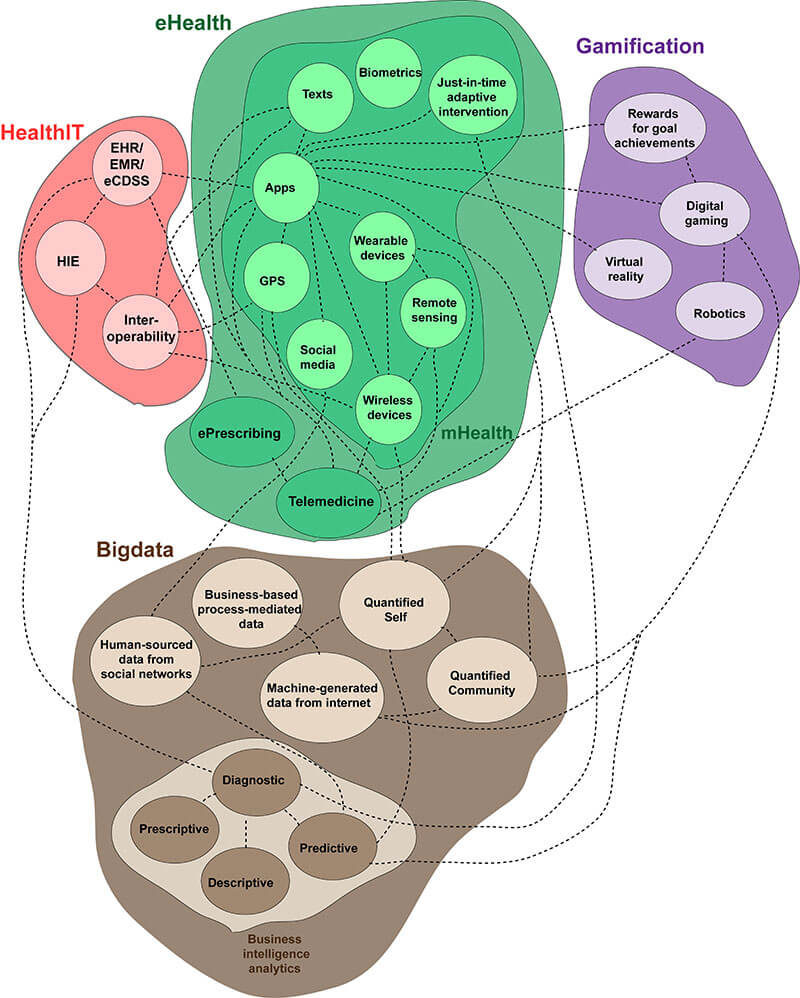
2. Increasing efficiency of institutional workflow
The time consumed at each stage of health care and efficiency of the whole process are significant challenges in providing proper care. The use of technology and their convergence is a beneficial method to increase the efficiency of workflow. For instance, emergency room doctors can access patient EHR through their mobile/smart phones and discharge patients more efficiently [4]. Moreover, they recommend pushing alert notification system that sends alerts to the doctor’s smartphones regarding lab tests, imaging, or pharmacy updates to increase the efficiency of discharge decisions [4].
3. Improving accuracy and reduce medical errors
Manual transfer and exchange of medical files, prescriptions and reports can lead to many errors of data, completeness and missing of reports. Use of digital health technologies has been shown not only to ease of use, increased patient safety, reduced medical errors and generation of high-quality medical documentation [5, 6].
4. Enhancement of productivity
ePrescribing through mobile/smart phones (mHealth) or other hand-held computer systems have been shown to improve institution productivity [5].
| Recommended for you | |
| Preventive health care is the solution and vision for future | |
| Gamification in health care | |
| Innovation in mHealth technology: Serving patients and citizens |
Convergence of gamification concepts with other digital health technologies
Gamification and mHealth apps
Game theory is used in designing and promoting the use of mHealth apps very often. Providing incentives or rewards for achieving health goals is a typical application of game theory in mHealth apps [7]. Awards, competition, achievements, improved status and self-expression are common gamification approaches used in mobile apps [8]. For example, trophies are awarded for completing daily goals of walking steps, exercise and calories [7]. In some cases, these mHealth apps are also in contact with their health insurance providers (example United Health care) who provide monetary awards when health goals are achieved [7].
Gamification and big data
In big data sciences, especially related to health, gathering health information/data is a challenge in addition to the challenges in analyzing large amounts of evidence and providing meaningful conclusions. Gamification provides solutions for many of these challenges in health bigdata[9]. Gathering of health-associated data from public or patients is encouraged through gamification tools that increase consumer engagement and financial or achievement rewards. Moreover, the most recent advance in gamification field is the use of game theory as a genetic research tool [9] where for example there are online games that match diseases and disease-causing genes (Eg. Dizeez) and thus used in gene-disease annotation [10]. Using these games, they can develop methods to predict newer gene-disease association and this data is incorporated into online databases used in research, academics and disease diagnosis systems [9]. They believe this might be a way of gathering community intelligence[11].
Remote monitoring, prognosis, and quantified-self (self-monitoring)
One of the primary drives for development and convergence of digital health technologies is to monitor health status, prognosis and day-to-day lifestyle and health-related data collection. Remote sensors are mostly incorporated into implantable or wearable devices (Eg. heart rate monitors, drug dispensers) which are connected to a smartphone or other electronic device apps via Wi-Fi or Bluetooth[12]. Most of these technologies come with GPS so that their geolocation is tracked for region-specific treatments or monitoring or patient safety and thus functioning as a medical alert system as well [13]. For example, GreatCall, LifeBeaconand MedicalAlert360.com are mobile apps that are GPS-containing medical alert systems with features such as fall detection and warning, function with interoperability where it is connected to a home phone, emails and text alerts, and also connected to other alarm systems such as Caregiver app and Text message alerts[13]. In some cases, multiple digital techs work to achieve a particular healthcare outcome such as mental health. For example, one study showed the utilization of mobile apps with GPS (records place, movements and their correlation to mood and mental health status) which collects quantified-self data recording moment-to-moment experiences[14]. The data collected daily from wearable or implant devices, health tracking apps can be considered as quantified-self[15]. Health care providers most often utilize These data to facilitate diagnosis, screening and treatment decisions. In the case of remote healthcare providing, patient EHR and big data collected from eHealth devices are exchanged through HIE technologies which are used for collective care in telemedicine[16].
Web research portals and mobile health apps
Some companies have created web portals that provide interactive digital technological applications in preventive health care. For instance, GB HealthWatch has designed the HealthWatch 360 Research Portal (https://www.gbhealthwatch.com/organization/research.php) is serving as an interface between researchers, academics and health professionals to perform web-based or mobile app-based research on nutrition, lifestyle, health status and symptoms and also marketing for food and supplements. Their primary goal is to provide an interactive interface for researchers, health care professionals, academics and other interested parties to be interacting.
Image credit: www.istockphoto.com

